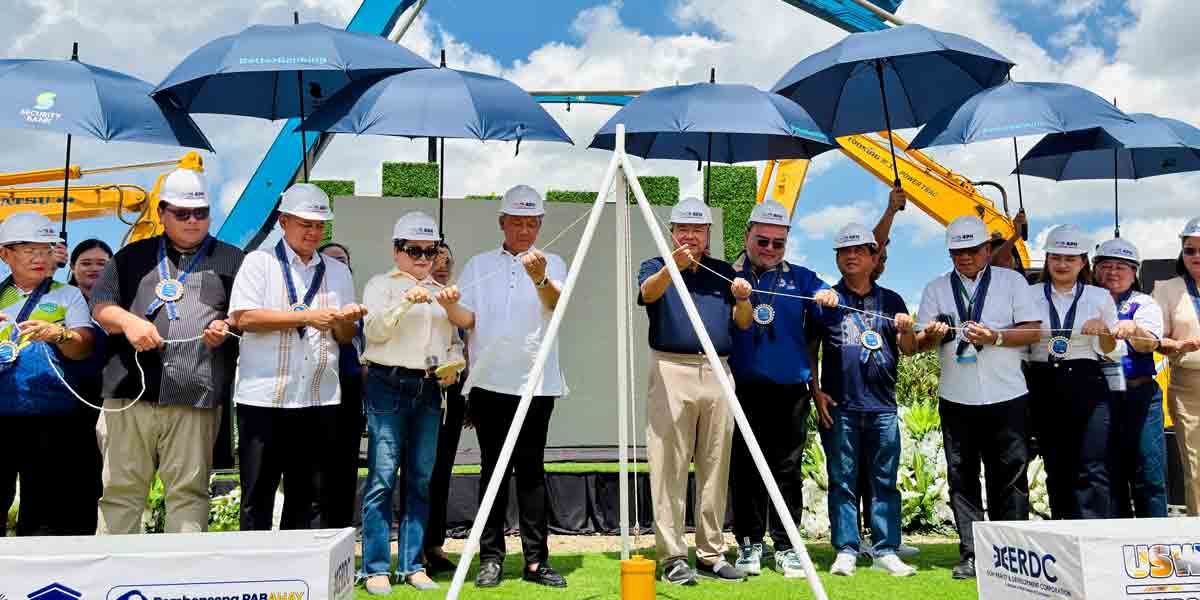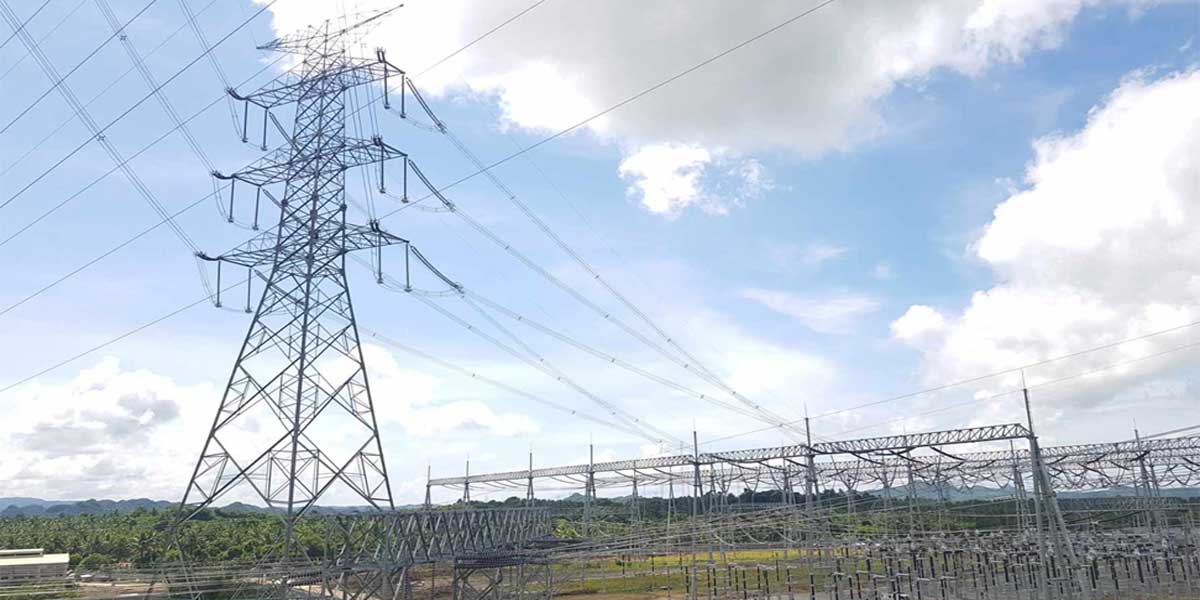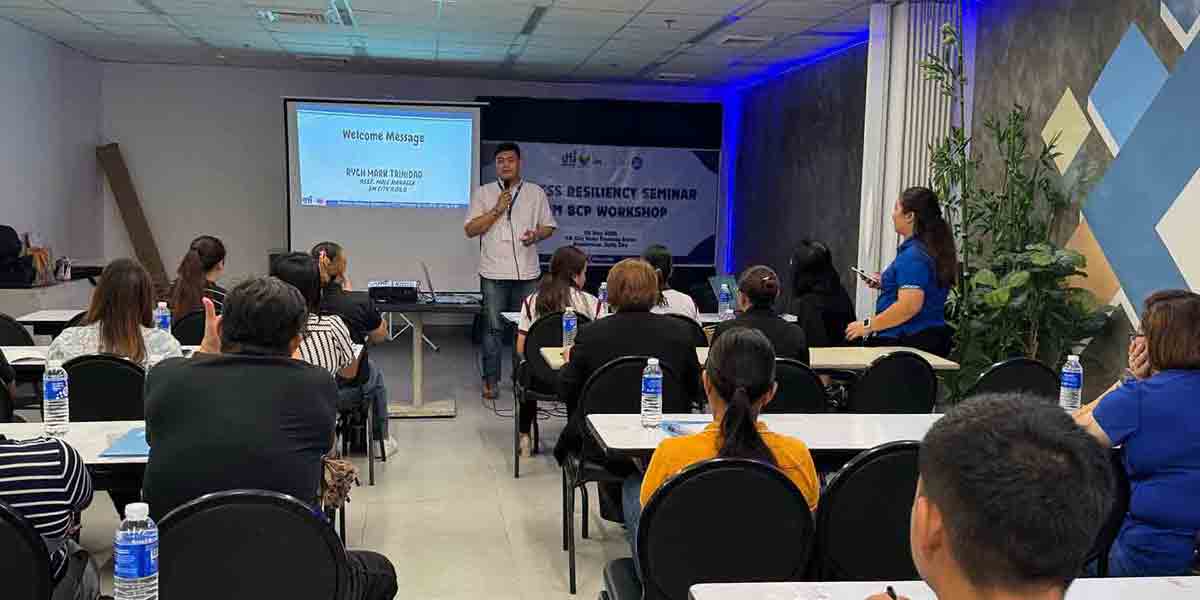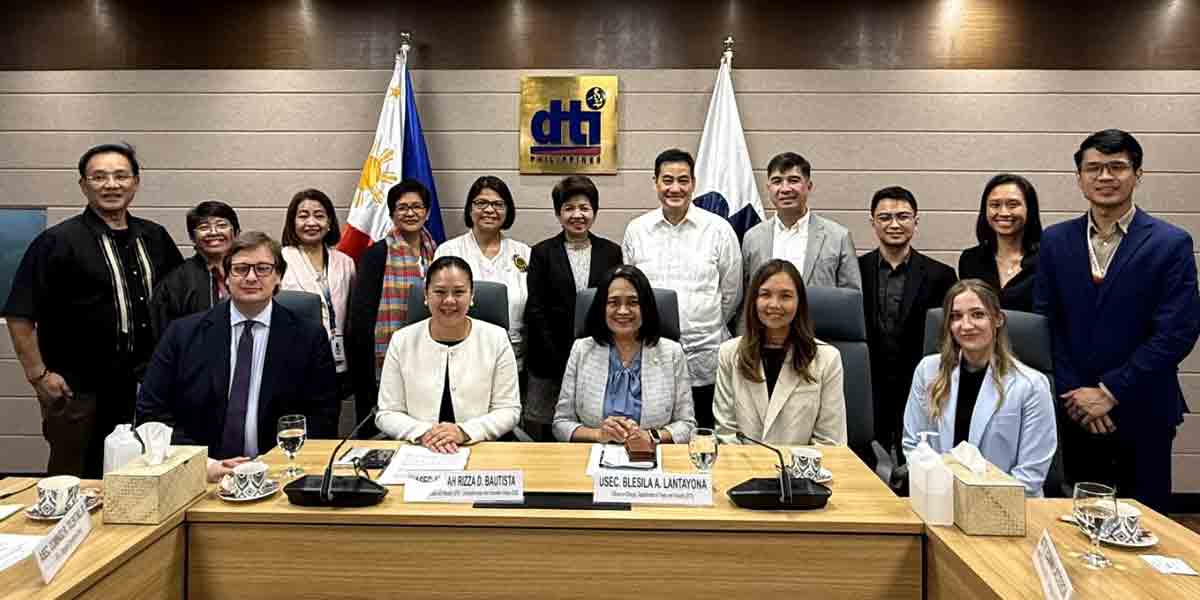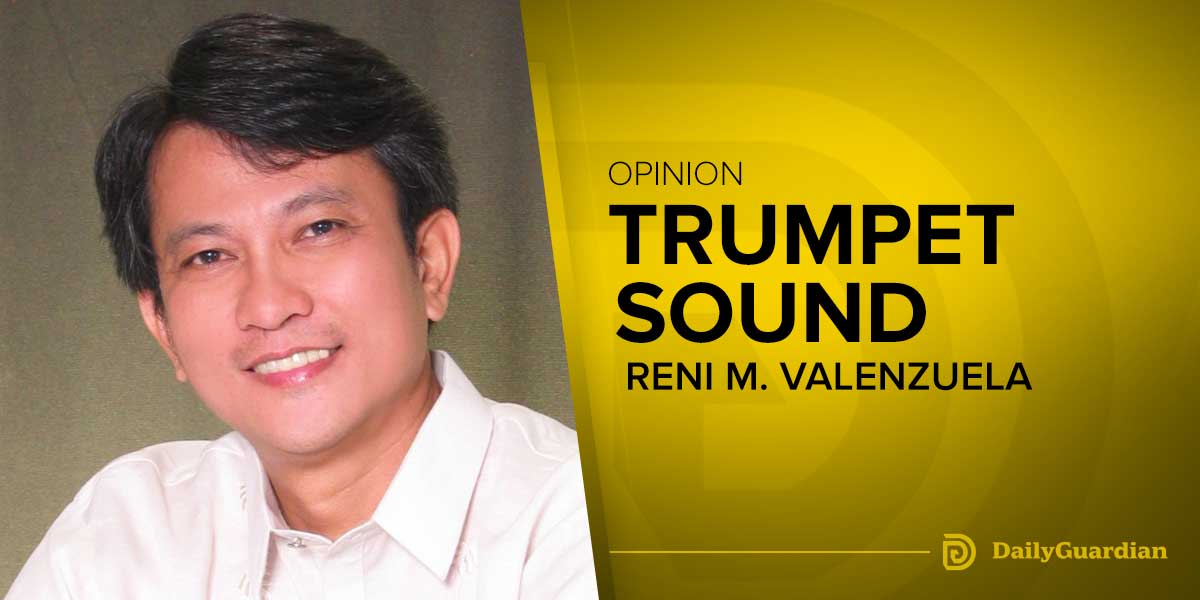By Eva Maria Cayanan
Child trafficking remains an urgent concern in the Philippines, posing a severe threat to the safety and well-being of the nationʼs most vulnerable population: its children and youth. Impoverished families from rural communities, marginalised urban areas, or those who have been affected by conflict or disasters frequently fall victim to traffickers who promise them with better lives or legitimate jobs. With limited access to education and basic services, children from these families are especially susceptible to exploitation, including forced and hazardous labour.
The 2023 Trafficking in Persons Report[1] found that many children in the country are exploited through forced domestic work, begging, and other forms of forced labour. For instance, approximately 50,000 Filipino children are sold into domestic work. Others are forced to work in the mining, construction, forestry, and manufacturing industries, post-disaster situations, which expose them to hazardous conditions[2]. Traffickers also exploit children through digital platforms. In 2022, an estimated 471,416 children were trafficked to produce child sexual abuse and exploitation materials (CSAEM)[3]. Low reporting rates are attributed to various social and cultural factors, including witnessesʼ fear of retaliation, concerns about being implicated as beneficiaries, or their close ties with the traffickers. Another significant factor is the community perception of online sexual exploitation[4], such as the belief that the absence of physical contact does not inflict harm on children.
To address this issue, the Philippine government has strengthened existing child protection laws (e.g. Republic Act Nos. 7610, 9208, 10364, 9775), and implemented new and comprehensive legislations, such as the Anti-Online Sexual Abuse or Exploitation of Children (OSAEC) and Anti-Child Sexual Abuse or Exploitation Materials (CSAEM) Act (Republic Act No. 11930). There are also various government programmes that aim to prevent and respond to child trafficking, including addressing its root causes. One of these is the “Pantawid Pamilyang Pilipino Programˮ (4Ps) that aims to break the cycle of poverty by providing financial assistance to poor families, improving childrenʼs health, and ensuring their access to education.
However, despite these efforts, gaps remain in the effective implementation of these laws and programmes at the local level. Existing studies[5][6] indicate the absence of a centralised database for child protection cases, and the varying monitoring systems used by local governments. There are also challenges in addressing the intersecting factors that put some children at heightened risk to trafficking and exploitation. It is crucial to understand the specific situations and vulnerabilities of different groups of children, including those with disabilities and with diverse SOGIESC (sexual orientation, gender identity, gender expression and sex characteristics), to drive more effective and responsive interventions.
To support the governmentʼs efforts, Terre des Hommes Netherlands (TdH NL) and its partner organisations, are collaborating with national and local stakeholders, including children and youth, to enhance child protection mechanisms in communities and schools. Their initiatives focus on creating safe and inclusive spaces that foster meaningful child participation, and enhancing the capacity of the social service workforce to provide timely and more relevant assistance to victims. Additionally, child rights and child focused organisations nationwide are working with government agencies to deliver inclusive and child-friendly services for at-risk children and youth. Together, these efforts raise childrenʼs awareness about their rights, child trafficking, online safety, and online sexual exploitation, and empowers them to perceive dangers, assess risks, and protect themselves and their peers.
Recognising poverty as a significant factor driving child trafficking, Terre des Hommes
Netherlands, with funding support from the European Union, is also implementing a Social Protection Programme (SPP) through its Creating a safer Online Environment for Every Child (CONEC) Project. The SPP aims to support the governmentʼs social protection programmes by providing educational, medical, livelihood and other forms of assistance to victims and at-risk children, and their families.
Child trafficking is a complex and urgent issue that calls for a multi-sector and systemic approach. We must work together to ensure that all Filipino children are protected and have the opportunity to flourish. In order to achieve this, we should prioritise the efficient implementation of comprehensive laws and programmes that respond to root causes such as poverty and inequality. We should also examine the intersecting social, cultural, political and economic factors that act as barriers to childrenʼs access to protection services. This will enable us to provide appropriate interventions that are more responsive to the specific needs and circumstances of different groups of children. Sustainably addressing trafficking necessitates that we leave no child behind.
The author is the Country Director of the Terre des Hommes Netherlands’ Philippine Country Office
[1] “2023 Trafficking in Persons Report: Philippines,ˮ by United States Department of State, 2023. https://www.state.gov/reports/2023-trafficking-in-persons-report/philippines#:~:text=Law%20enforcement%20informatio n%20indicates%20that,most%20often%20in%20another%20country%2C
[2] “Human Trafficking and Climate Change in the Philippines: Understanding Intersections and Strengthening Responses in the Philippines,ˮ by M. Furlan and L. Rosado, 2023. https://freetheslaves.net/human-trafficking-and-climate-change-understanding-intersections-and-strengthening-response s-in-the-philippines/
[3] “Scale of Harm: Estimating the Prevalence of Trafficking to Produce Child Sexual Exploitation Material in the Philippines,ˮ by International Justice Mission, 2023. https://www.ijm.org/studies/scale-of-harm-estimating-the-prevalence-of-trafficking-to-produce-child-sexual-exploitationmaterial-in-the-philippines
[4] “Community Perspectives on Online Sexual Exploitation of Children: A Study Examining Existing Knowledge and Awareness in Select Areas in the Philippines,ˮ by World Vision Development Foundation, 2020. https://www.worldvision.org.ph/wp-content/uploads/2021/05/OSEC_25May2021-compressed.pdf
[5] “Project CONEC Baseline Study: Transforming Systems, Connecting Children,ˮ by ENABLRS, Inc., 2023.
https://www.terredeshommes.nl/en/latest/project-conec-baseline-study-transforming-systems-connecting-children?fbclid IwAR3SD9VZ8RyIy_Rkc05MkgajFRcgwOAQqULnd1EACOViKL9dmQkyxH4Axdc
[6] “SCROL Project Baseline Evaluation Report,ˮ by V. Apuan, J.D. Soriano, M.J. Pingol, 2023. https://tdhnl.sharepoint.com/sites/primas/projects/PHCE0442/Documents/Baseline%20Study/PH%20SCROL%20Baseline %20Report_Final%20report.pdf




